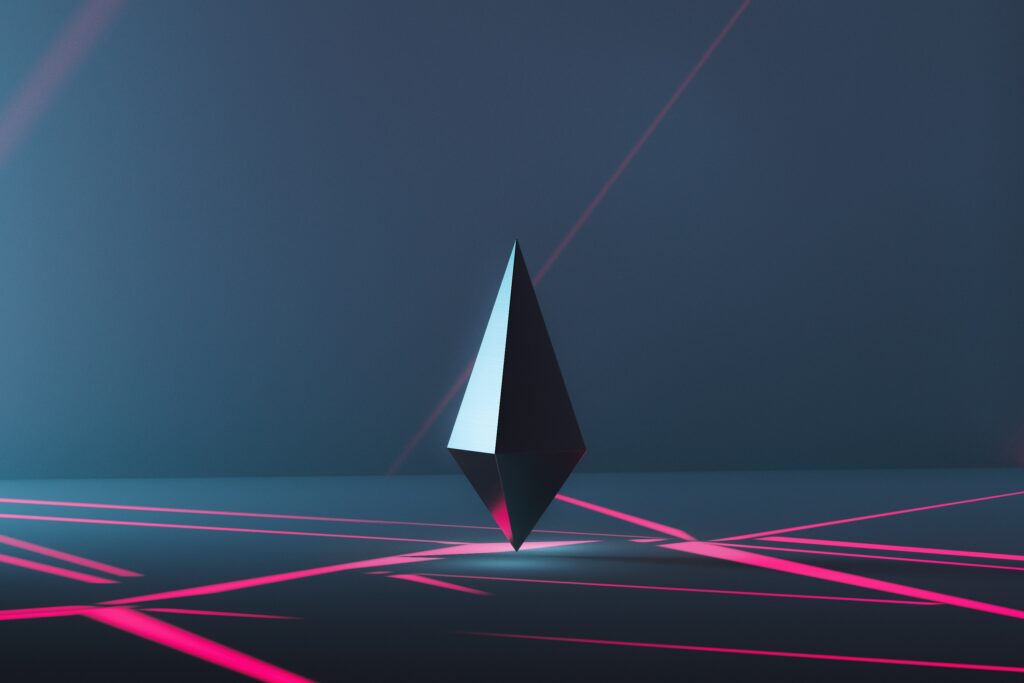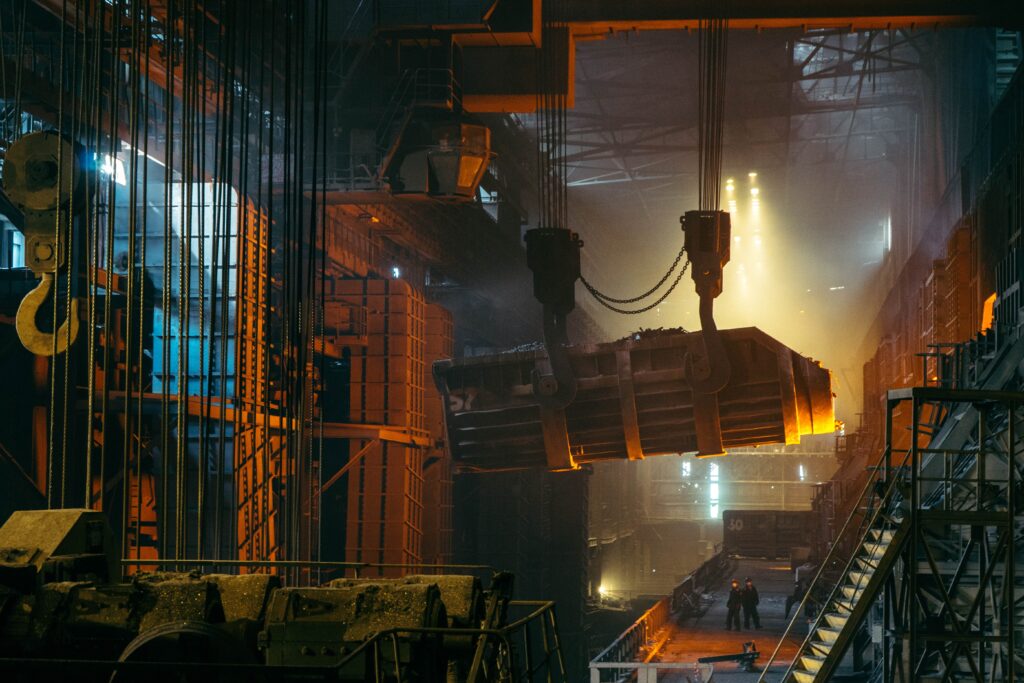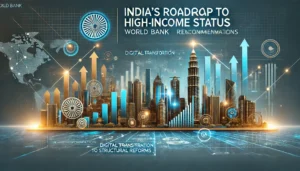“Is there a Metaverse Parallel Universe in making” – Metaverse is among the most searched keywords in recent times, looking to the type of enthusiasm Metaverse Parallel Universe is foreseeable. What will be the Metaverse Parallel universe look alike, especially after Facebook’s name-change to Meta. The world is abuzz with how our lifestyles will be transformed in the coming years in a new orientation of world, in a Metaverse Parallel Universe. Analysts predict an $800Bn opportunity by 2025, and India is among the front runners in the space.
A surge of organizations, significant brands and financial backers are filling the new land frenzy, wanting to make a move before anyone else of the following computerized Manhattan or Monaco. Land esteem in the metaverse not entirely settled by how proprietors manage property – like planning a famous fascination, gallery or component – rather than area.
“You can magically transport anyplace so area isn’t as significant,” she said.
However different financial backers say that very much like in reality, area in the metaverse is everything with regards to land. Costs for bundles close to Snoop Dogg’s arranged organization and virtual world in Sandbox are getting a premium, alongside packages close to the Atari improvement.
Andrew Kiguel, CEO of Toronto-based Tokens.com, as of late raised a $16 million asset to put resources into metaverse land, practically all of which has been apportioned to purchasing land and employing staff. The organization as of late burned through $2.4 million for land in Decentraland’s design locale, where the organization intends to have style occasions and retail shops.
Kiguel said he is going to report manages two North American clothing brands where he is leasing space on his property to foster retail facades or encounters. Kiguel said the genuine open door in metaverse land is business – leasing space and facilitating occasions for organizations hoping to promote to a more youthful advanced crowd. He said he’s been in chats with bookkeeping firms, venture banks, digital recordings and shared assets to assemble a presence in the metaverse.
“We’re in any event, conversing with organizations about setting up advanced announcements in virtual gathering rooms where individuals can meet,” he said.
Tokens.com bought 12 waterfront properties in Somnium that it thinks will increment in esteem in light of its shortage and visual allure, Kiguel said.
All things considered, others say metaverse land is the very most recent cycle of the crypto ponzi conspire, drawing accidental financial backers into projects that may ultimately demonstrate useless. While genuine land has regular shortage – subsequently the well-known adage “They’re not making anything else of it” – virtual land is handily made with code. There is no restriction to the quantity of new metaverse stages that can send off. Indeed, even the enormous existing stages can make more land, as Sandbox did when it chose to build its bundle sizes.
Many point out that past adaptations of virtual land gets, as in “Second Life,” missed the mark concerning their guarantees.
“Metaverse land deals are by and large a fraudulent business model and have been for over 20 years,” said Edward Castronova, educator of media at Indiana University. “The Metaverse is El Dorado for web new companies. They pursue it into the wilderness and bite the dust.”
While more seasoned financial backers might laugh at metaverse land, Kiguel said, more youthful buyers and financial backers are immediately ready to see the allure.
“The issue a many individuals have is that there are ages that struggle ascribing worth to things that are advanced, that you can’t hold and that don’t have weight,” Kiguel said. “The more youthful age approves of it. Like with NFTs, blockchain innovation takes into consideration something to be advanced, indispensable and scant. You can hold it, store it, show it and sell it.”
What is Metaverse
Metaverse is as yet in its outset and its offer presently can’t seem to be demonstrated. Any interest in the metaverse ought to be viewed as speculative and profoundly hazardous. The metaverse up to this point is for the most part expectations and dreams, however advocates say it ultimately will be an advanced domain where individuals regularly utilize virtual symbols to work, play, shop and appreciate diversion. Experts figure Apple could expand its environment of equipment, programming and administrations into this new domain


Metaverse Meaning
Axie Infinity, The Sandbox, Decentraland have effectively fused specific parts of the metaverse to bring various components of our lives into online universes. Notwithstanding, the metaverse is as yet being worked on. Nobody knows whether there will be only one major widely inclusive metaverse or various metaverses that you can go around.
Metaverse is an idea of a web-based 3D digital world with virtual land and objects. Envision a world in which you can work remotely, visit virtual exhibition halls to see the most recent craftsmanships, or join your kindred musical crew fans at a virtual show, all from the solace of your home.
Metaverse Technology
As the thought keeps on creating, it’s relied upon to extend past computer games and online media stages. Remote working, decentralized administration, and advanced personality are only a portion of the potential highlights the metaverse can uphold. It can likewise turn out to be more multi-layered by means of associated VR headsets and glasses, so clients can really stroll around actually to investigate the 3D spaces.

People, from all age groups, can be noticed, happy new affairs between teen couples, hush-hush affairs, extra-marital affairs, old-young, every possible pairing under the sun could be found, kindling their love at the North-end of the Bandra-Worli Ceiling.

Metaverse technology provides a decentralized and transparent solution for digital proof of ownership, digital collectibility, transfer of value, governance, accessibility, and interoperability. Cryptocurrencies enable users to transfer value while they work and socialize in the 3D digital world.
For example, crypto can be used to buy virtual lands in Decentraland Players can purchase 16×16 meter land parcels in the form of Non Fungible Tokens with the game’s cryptocurrency MANA. With the support of blockchain technology, the ownership of these virtual lands can be established and secured.
In the future, crypto can potentially incentivize people to actually work in the metaverse. As more companies take their offices online for remote working, we might see metaverse-related jobs being offered.
Augmented reality (AR) and virtual reality (VR) can give us an immersive and engaging 3D experience. These are our entry points to the virtual world. But what’s the difference between AR and VR?
AR uses digital visual elements and characters to morph the real world. It’s more accessible than VR and can be used on almost any smartphone or digital device with a camera. Through AR applications, users can view their surroundings with interactive digital visuals, similar to what we have in the mobile game Pokémon GO. When players open the camera on their phones, they can see Pokémons in the real-world environment.
VR works differently. Much like the metaverse concept, it produces an entirely computer-generated virtual environment. Users can then explore it using VR headsets, gloves, and sensors.
The way AR and VR work shows an early model of the metaverse. VR is already creating a digital world that incorporates fictional visual content. As its technology becomes more mature, VR can expand the metaverse experience to involve physical simulations with VR equipment. Users will be able to feel, hear and interact with people from other parts of the world. Considering the hype around the metaverse, we can expect more metaverse companies to invest in AR and VR equipment development in the near future.
While this is not new technology, the use of 3D reconstruction has been rising during the pandemic, especially in the real estate industry, as lockdowns prevented potential buyers from visiting properties in person. Therefore, some agencies adopted 3D reconstruction technology to generate virtual property tours. Much like the metaverse we imagined, buyers could look around potential new homes from anywhere and make purchases without even having stepped foot inside.
IoT) was first introduced in 1999. Simply put, IoT is a system that takes everything in our physical world and connects them to the Internet through sensors and devices. After connecting to the Internet, these devices will have a unique identifier and the ability to send or receive information automatically. Today, IoT is connecting thermostats, voice-activated speakers, medical devices, and much more to a wide range of data.
One of the applications of IoT on the metaverse is to collect and provide data from the physical world. This would increase the accuracy of the digital representations. For example, IoT data feeds could change the way certain metaverse objects function based on the current weather or other conditions.
Implementing IoT can seamlessly connect the 3D world to a large number of real-life devices. This enables the creation of real-time simulations in the metaverse. To further optimize the metaverse environment, IoT could also use AI and machine learning to manage the data it collects.
One of the challenges for the metaverse is to create a digital environment that appears as close to our real world as possible. With the help of 3D reconstruction, it can create realistic and natural-looking spaces. Through special 3D cameras, we can take our world online by rendering accurate 3D photorealistic models of buildings, physical locations, and objects. The 3D spatial data and 4K HD photography are then passed to computers to process and generate a virtual replica in the metaverse for users to experience. These virtual replicas of physical world objects can also be referred to as digital twins.
While the metaverse is still under development, many companies are already exploring its potential. In the crypto space, Decentraland and The Sandbox are notable projects, but big companies like Microsoft, Nvidia, and Facebook are also getting involved. As AR, VR, and AI technologies advance, we will likely see exciting new features in these virtual, borderless worlds.








